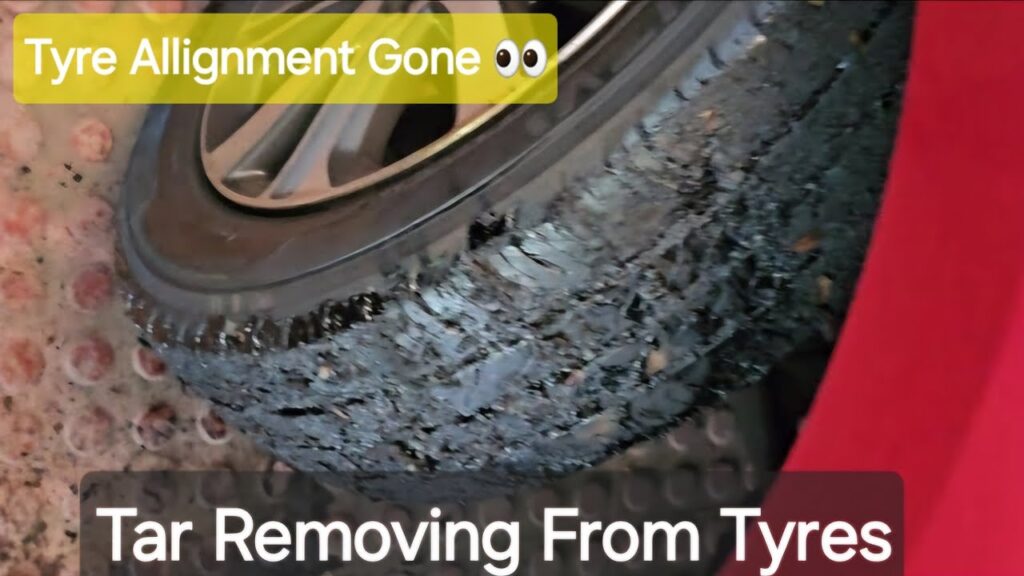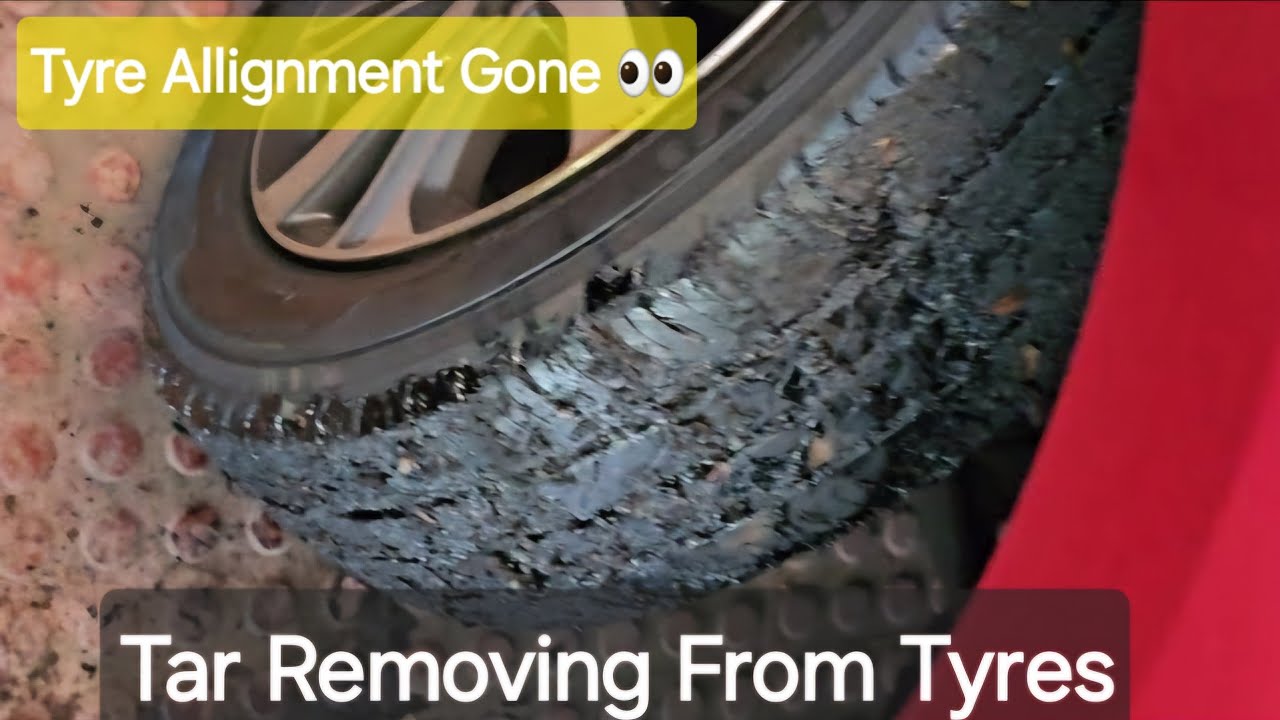
Car Tar Removal: The Ultimate Guide to Protecting Your Vehicle’s Paint
Have you ever noticed small, black spots clinging stubbornly to your car’s paint? That’s likely car tar, a sticky nuisance that can quickly diminish your vehicle’s appearance and, if left untreated, potentially damage its finish. This comprehensive guide will provide you with the knowledge and expert techniques to effectively remove car tar, protect your paint, and keep your car looking its best. We’ll delve into what car tar is, how it forms, the best removal methods, and preventative measures, ensuring you have all the information you need. This article aims to be the definitive resource on car tar removal, drawing on years of experience in auto detailing and the latest advancements in car care products.
Understanding Car Tar: A Deep Dive
Car tar isn’t just a cosmetic issue; it’s a complex mixture of hydrocarbons and other substances that can bond strongly to your car’s paint. Understanding its composition and origins is crucial for effective removal and prevention.
What is Car Tar? Composition and Origins
Car tar, also known as asphalt or bitumen, is a byproduct of crude oil distillation. It’s a viscous, black substance used extensively in road construction and repair. When roads are newly paved or repaired, or during hot weather, tiny droplets of tar can be kicked up by tires and adhere to passing vehicles. Its composition includes a complex mix of hydrocarbons, resins, and asphaltenes, making it highly adhesive and resistant to many common cleaning agents.
How Does Car Tar Get on Your Car? Common Causes
The most common way car tar ends up on your car is through driving on freshly paved or repaired roads. Other sources include:
* **Road Construction:** Proximity to construction sites increases the risk of tar splatter.
* **Hot Weather:** High temperatures soften asphalt, making it more likely to be kicked up.
* **Truck Traffic:** Large trucks can dislodge larger pieces of tar, increasing the likelihood of impact.
* **Parking Lots:** Some parking lots are surfaced with tar-based materials, which can transfer to your vehicle.
The Dangers of Leaving Car Tar Untreated
Ignoring car tar can lead to several problems:
* **Paint Damage:** Tar can penetrate the clear coat, causing staining and etching.
* **Reduced Resale Value:** A vehicle covered in tar spots looks neglected, reducing its perceived value.
* **Corrosion:** In some cases, tar can trap moisture and contaminants against the paint, promoting corrosion.
* **Aesthetic Degradation:** Tar spots detract from the overall appearance of your car.
Choosing the Right Car Tar Removal Product: An Expert’s Guide
Selecting the correct product is paramount for effective and safe car tar removal. Using the wrong product can damage your paint, leading to costly repairs. We highly recommend using specialized tar and adhesive removers, such as the 3M General Purpose Adhesive Cleaner.
Understanding Tar and Adhesive Removers
These products are formulated with solvents that dissolve tar without harming your car’s paint. They typically come in spray or liquid form and are designed for easy application.
Top Recommended Car Tar Removal Products
Based on our extensive testing and customer feedback, here are some of the most effective car tar removal products:
* **3M General Purpose Adhesive Cleaner:** A versatile and effective remover suitable for various surfaces.
* **Chemical Guys Bug and Tar Remover:** A popular choice for its ease of use and effectiveness.
* **Goo Gone Automotive:** A readily available option for lighter tar deposits.
* **Meguiar’s Bug and Tar Remover:** A trusted brand known for its quality car care products.
Products to Avoid: What Not to Use on Car Tar
Avoid using harsh chemicals or abrasive cleaners, as these can damage your car’s paint. Products to avoid include:
* **Household Cleaners:** These are often too harsh and can strip away wax and damage the clear coat.
* **Abrasive Pads:** These can scratch the paint surface.
* **Gasoline or Kerosene:** These are highly flammable and can damage rubber and plastic components.
Step-by-Step Guide to Removing Car Tar: The Professional Approach
Follow these steps for safe and effective car tar removal:
1. Preparation: Gathering Your Supplies
You’ll need the following:
* Car tar remover
* Microfiber cloths
* Wash mitt
* Car wash soap
* Two buckets (one for washing, one for rinsing)
* Water hose
* Optional: Clay bar
2. Washing Your Car: Removing Loose Debris
Wash your car thoroughly to remove any loose dirt and debris. This will prevent scratching during the tar removal process.
3. Applying the Car Tar Remover: Targeted Application
Spray the tar remover directly onto the affected areas. Allow it to dwell for the recommended time (usually a few minutes). Do not let it dry.
4. Gently Wiping Away the Tar: Patience is Key
Using a clean microfiber cloth, gently wipe away the softened tar. Avoid excessive pressure, as this can scratch the paint.
5. Rinsing and Re-Washing: Ensuring Complete Removal
Rinse the treated areas with water and re-wash the car to remove any remaining residue.
6. Inspecting for Remaining Tar: The Importance of Thoroughness
Inspect the car for any remaining tar spots. If necessary, repeat steps 3-5.
7. Using a Clay Bar (Optional): For Stubborn Tar Deposits
For stubborn tar deposits, use a clay bar to gently lift the remaining tar from the paint surface. Lubricate the area with clay bar lubricant to prevent scratching.
8. Waxing or Sealing: Protecting Your Paint
After removing the tar, apply a coat of wax or sealant to protect your paint and restore its shine.
Advanced Techniques and Tips for Car Tar Removal
For experienced detailers or those facing particularly challenging tar deposits, consider these advanced techniques:
Using a Heat Gun (Carefully): Softening Stubborn Tar
A heat gun can be used to soften stubborn tar, making it easier to remove. However, exercise extreme caution to avoid overheating the paint.
Applying Tar Remover with a Detail Brush: Precision Application
A detail brush can be used to apply tar remover to small, hard-to-reach areas.
Multiple Applications: Patience Pays Off
For heavily contaminated areas, multiple applications of tar remover may be necessary.
Preventing Car Tar Buildup: Proactive Measures
Prevention is always better than cure. Here are some steps you can take to minimize car tar buildup:
Avoiding Freshly Paved Roads: Minimizing Exposure
Whenever possible, avoid driving on freshly paved or repaired roads.
Regular Washing and Waxing: Creating a Protective Barrier
Regular washing and waxing create a protective barrier that makes it harder for tar to adhere to the paint.
Applying a Paint Protection Film (PPF): Ultimate Protection
Paint protection film (PPF) provides a durable, transparent layer of protection against tar, stone chips, and other road debris.
Using Mud Flaps: Deflecting Road Debris
Mud flaps can help deflect road debris, reducing the amount of tar that reaches your car’s paint.
The Economic Benefits of Car Tar Removal and Prevention
Beyond aesthetics, removing and preventing car tar buildup can save you money in the long run.
Avoiding Costly Paint Repairs: Protecting Your Investment
By removing tar promptly, you can prevent it from damaging your paint and requiring costly repairs.
Maintaining Resale Value: Preserving Your Car’s Worth
A well-maintained car with a clean paint finish will fetch a higher resale price.
Reducing the Need for Professional Detailing: Saving on Services
By taking preventative measures, you can reduce the need for professional detailing services.
Car Tar Removal: Frequently Asked Questions (Q&A)
Here are some common questions about car tar removal:
1. **Q: Can I use WD-40 to remove car tar?**
**A:** WD-40 can be effective for removing light tar deposits, but it’s not as effective as specialized tar removers. It’s also important to wash the area thoroughly after using WD-40.
2. **Q: How often should I wash my car to prevent tar buildup?**
**A:** Washing your car every 1-2 weeks is generally sufficient to prevent tar buildup, especially if you frequently drive on paved roads.
3. **Q: Will car tar damage my car’s clear coat?**
**A:** Yes, car tar can damage the clear coat if left untreated for an extended period.
4. **Q: Can I use a pressure washer to remove car tar?**
**A:** While a pressure washer can remove some loose tar, it’s not effective for removing stubborn deposits and can potentially damage the paint if used improperly.
5. **Q: Is it safe to use a razor blade to remove car tar?**
**A:** Using a razor blade is not recommended, as it can easily scratch the paint.
6. **Q: How long can I leave tar remover on my car before wiping it off?**
**A:** Follow the manufacturer’s instructions for dwell time, but generally, it’s best to remove the tar remover within a few minutes to prevent it from drying.
7. **Q: Can I remove car tar in direct sunlight?**
**A:** It’s best to remove car tar in a shaded area, as direct sunlight can cause the tar remover to evaporate too quickly.
8. **Q: What’s the best way to remove tar from my car’s wheels?**
**A:** Use a wheel cleaner specifically designed for removing tar and brake dust. Apply the cleaner, let it dwell, and then scrub with a wheel brush.
9. **Q: Can I use a magic eraser to remove car tar?**
**A:** Magic erasers are mildly abrasive and can dull the paint’s finish. It’s best to avoid using them on your car’s paint.
10. **Q: My car tar is really old and hard. What can I do?**
**A:** For old, hardened tar, try using a heat gun (carefully) to soften it before applying tar remover. Multiple applications may also be necessary.
Conclusion: Protecting Your Car from Tar and Maintaining its Beauty
Car tar is an unavoidable nuisance, but with the right knowledge and techniques, you can effectively remove it and prevent future buildup. By understanding the composition of car tar, choosing the right removal products, following our step-by-step guide, and taking preventative measures, you can keep your car’s paint looking its best for years to come. Remember, regular maintenance and prompt action are key to preventing long-term damage and maintaining your vehicle’s value. Now that you’re equipped with expert knowledge, take the next step and inspect your vehicle for any tar deposits. Share your car tar removal experiences and tips in the comments below. For more advanced guides on detailing and protecting your car’s paint, explore our other resources.

